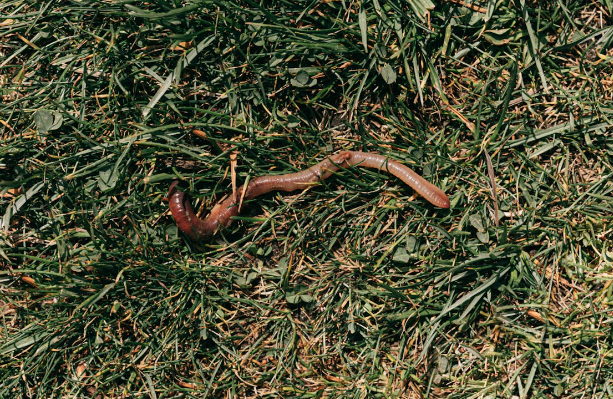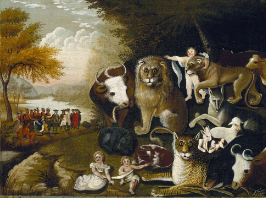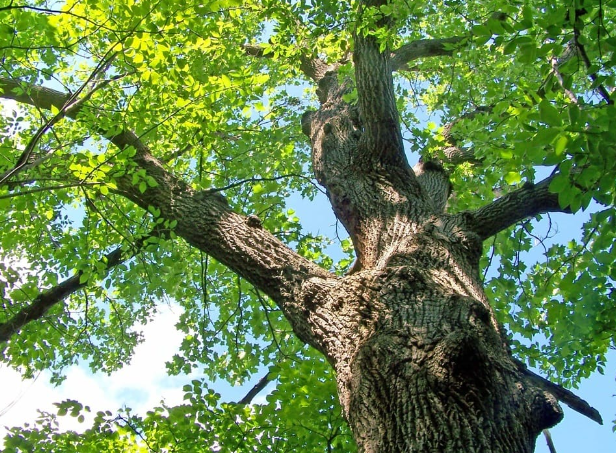The Amazon Rainforest is located in South America and is the largest tropical forest on Earth, spanning eight developing countries, Brazil, Bolivia, Colombia, Ecuador, Guyana, Peru, Suriname, and Venezuela. The Amazon Rainforest is 2.5 million square miles (the size of 48 United States). It is 20% of the world’s freshwater, 2.7 million square miles in the Amazon basin, and 40% of South America. Running through the North of the rainforest is the Amazon River. With a length of 4,000 miles, it contains the largest amount of freshwater fish species in the world.
The rainforest is the planet’s most varied biological reservoir, containing millions of species of plants, insects, and birds. Most of these are still a mystery and are the most unusual wildlife. The Amazon Rainforest is one of the last refuges on Earth for jaguars, harpy eagles, and pink river dolphins. It’s Home to the Spectacled Owl, Toco Toucans, King Vulture, and many kinds of butterflies, and even more amazing creatures. Tree-dwelling species include; The Southern Two-Toed Sloth, Pygmy Marmosets, Saddleback Emperor Tamarins, and Goeldi’s monkeys. The diversity that the Amazon Rainforest holds is mind-blowing; it is home to a staggering 40,000 plant species, 16,000 tree species, 3,000 fish species, 1,300 bird species, 430+ mammals, and 400+ reptiles.
The Amazon has been recognized as an important repository of natural resources and services, not only for the indigenous communities that live there but also for the rest of the world. The rainforest plays a big part in stabilizing the world´s rainfall patterns, influencing atmospheric, and water cycles as far as the United States. The rainforest, which contains an estimated 150-200 billion of carbon, helps stabilize the local and global climate. Deforestation releases significant amounts of this carbon which has negative consequences around the world, which influences rainfall, and thus, in agriculture production in Central and South America. The Amazon is threatened by rising deforestation, unprecedented droughts are happening with growing frequency. The dry seasons are much hotter and longer, long dry spells wither crops, decimate fisheries, and lead to forest fires. This can result in significant changes in the makeup of ecosystems and loss of species. According to many scientists, the Amazon is close to a tipping point, which it will no longer be able to sustainably support itself. To ensure the Amazon’s future for its people and biodiversity, deforestation should not exceed 20%, unfortunately, it’s already at 17%.
The Amazon is home to more than 120 indigenous nationalities and more than 40 million people. The Shaur and Mijuana people have been living in the Amazon for thousands of years, accumulating a detailed knowledge of the rainforest and methods to subsist from it. They live in the Amazon and depend on nature for agriculture, clothing, and traditional medicines. Across the Amazon, thousands of plant species are used for medicinal purposes by local communities. Most nationalities live in large urban centers, but they all relentlessly rely on the Amazon’s natural bounty for food and shelter. Research consistently shows that forests, where the indigenous peoples live, have significantly lower deforestation rates and release less carbon dioxide than adjacent lands. To help with the animals and land of the Amazon Rainforest you can check out these 2 articles.
































































































































Jessica Aguilar Resendiz • Oct 16, 2023 at 12:33 pm
I really love your article it’s very informative on the subject!